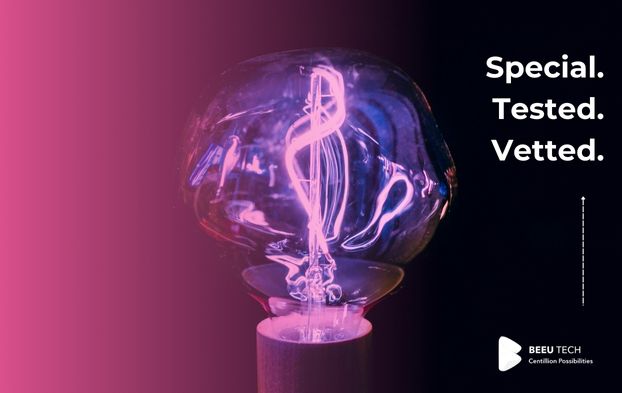By
BEEU Tech
Published: January 16, 2023
Retail touches upon every human life on an almost daily basis and has the largest mind share when it comes to the number of purchase decisions we make in a lifetime. Because of technological disruption in retail which had been going on for the past few decades, not surprisingly retail has many forms now with players aggressively searching for new avenues of growth.
With innovation opportunities presented by Automation and AI, the retail industry is booming like never before. When faced with a digital opportunity a retailer either responds with improvement in parameters like SCM, CX or can use technology to develop a long-term competitive advantage.
Irrespective of how a certain player decides to approach the boom in technology, whether for short-term gain or long-term competitive advantage there are certain areas where we see rampant implementations and development. I am listing down those areas below:
Machine Learning
- Product Recommendation, Personalize Offer and Churn Prediction.
- Optimization: Price/Discount elasticity (Trade Promotion), Shelf, Workforce, etc.
- On-Demand Pricing and Promotions (+ Competitor Mapped Pricing).
- Catchment Area Analysis and On-Demand Merchandising
Deep Learning
- Computer Vision for Visual Stock Take and Automatic Check Out (ACO)
- Crowd Profile (Customer Demographics, Footfall, Safety, and Surveillance)
- Customer Behavior Monitoring and Tracking (Shoplifters, Que Management)
- Employee Behavior Monitoring and Policy Adherence (+ Security and Surveillance)
- Digitization with Optical Character Recognition.
- Virtual Mirror and Virtual Trial Rooms.
- NLP/NLG/NLU: Chat or Voice Bot enabled services like returns, order tracking, etc.
The absorption of these technologies is seen on each platform of Omni-Channel retail. Be it brick and mortar store or e-commerce. Much of this technology is adopted and used on mobile devices fueled by the tech-savvy modern consumer who demands information as much as products.
The modern consumer is agnostic of the platform they buy from and rates a transaction on many parameters like information, service, etc, and not just cost and quality. But then is more likely to experience deeper post-purchase dissonance. As a result, when so much is offered with ease, the need to make an opportunistic buy prevails.
This in summary means progress in technology-enabled customer-focused retail is resulting in a change in consumer behavior. Technology adoption is a matter of business continuity and will keep influencing the purchase decisions of consumers. This is an opportunity as well as a challenge with no visible end. Yet it's an interesting journey to have with continuous learning and working with digital shoppers for opportunity identification.
Work With Us!
Latest Articles
- How To Create An App Without Writing A Single Line of Code?
- The Pros and Cons of Hiring Dedicated Java Developers Versus In-House Java Developers
- What An Angular Developer Should Know In 2023? (Checks, Tips & Tests)
- Best ERP Software for Small Businesses in Kolkata (2024 & Beyond)
- Angular VS React: Should You Choose Angular For Proven Web Development?


